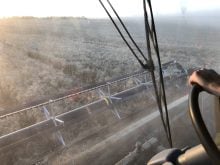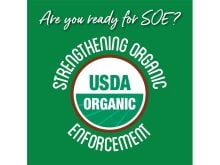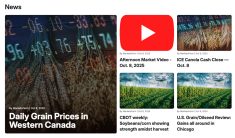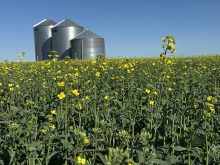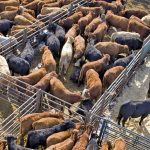WINNIPEG (Reuters) – Canada’s hog supplies edged higher year over year for the first time in nearly five years as of Jan. 1, while the cattle herd fell to the lowest January level in 16 years, Statistics Canada said.
Reductions in numbers of beef cows and sows, however, represent diminished potential to expand herds and suggest significant growth may not be imminent.
Hog producers had 11.9 million hogs to start the year, up 0.6 percent from a year earlier and the first year-over-year increase since April 2006. Numbers of sows and gilts slipped one percent to 1.3 million head, with sows at the lowest level in 12 years.
Read Also
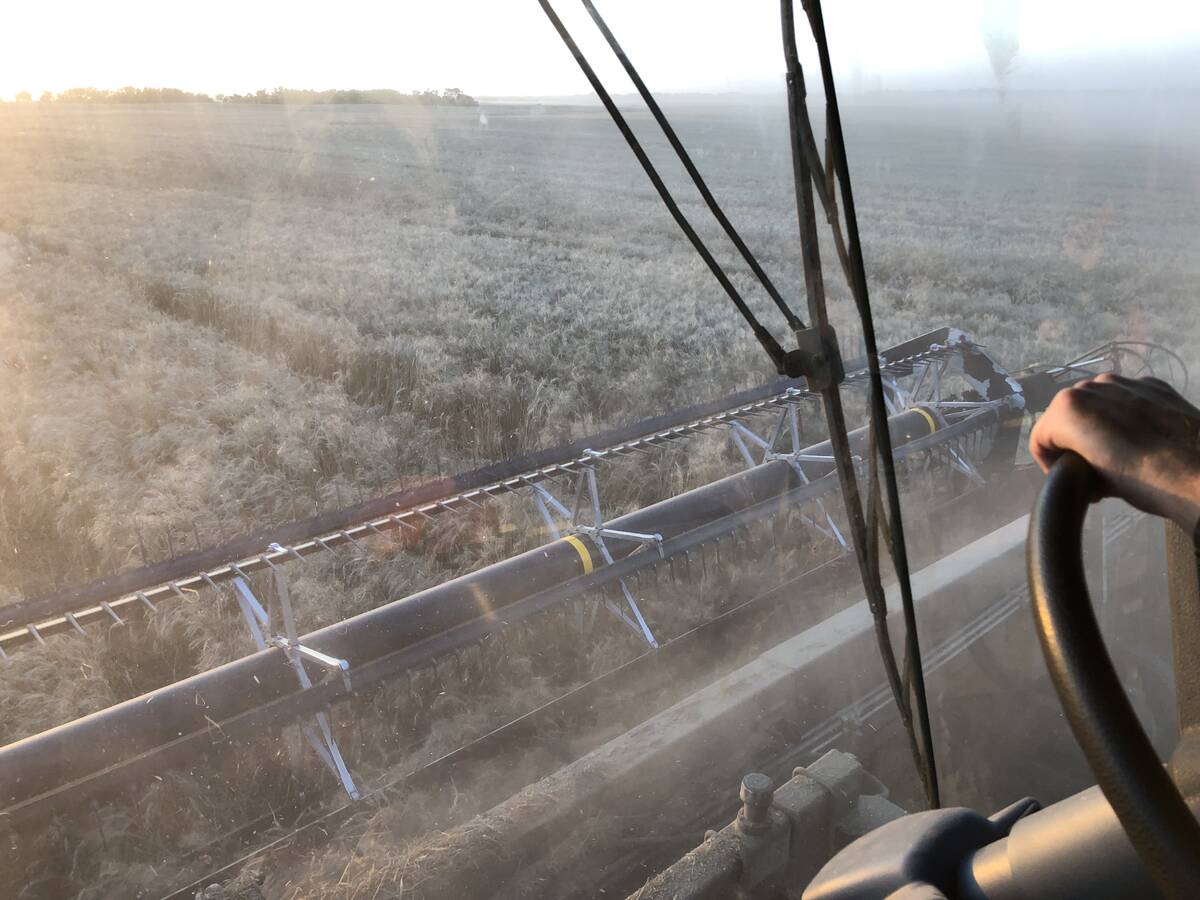
Mail strike disrupts grain sample delivery
The Canadian Grain Commission has asked farmers to consider delivering harvest samples directly to CGC offices, services centres or approved drop offs as Canada Post strike delays mail.
“The thing that matters most is the sow herd and the fact that’s down is reflective of the federal government (incentives to cease hog production) and the difficult economic circumstances, especially at the end of the year,” said Kevin Grier, senior market analyst at the George Morris Centre, an independent agriculture research organization based in Guelph, Ont.
“That’s just a continuation of the downturn.”
Soaring prices of feed grains have dampened optimism, as grain prices look to have more upside than Chicago hog and cattle futures, which are also high, Grier said.
Canadian ranchers had nearly 12.5 million cattle on Jan. 1, down 3.4 percent from a year earlier, continuing a six-year decline caused by strong currency, high feed costs and trade barriers.
The beef cow inventory slipped by nearly three percent, more than offsetting an increase in numbers of beef replacement heifers.
Strong export and domestic demand for cows has pulled down cow supplies, but some ranchers likely made profits in 2010 that may explain the buildup of beef heifers, Grier said.
“2010 started out pretty bad, with drought in Alberta, but finished the year with a note of optimism.”
Cattle and hog herds in the United States have also shrunk, but seem more likely to expand because of the additional pressure Canadian farmers face from a strong Canadian dollar, Grier said.
Tighter supplies are already a concern to Canadian pork packers, he said.
Top hog processors are Maple Leaf Foods and Olymel LP.
Canadian cattle exports rose in 2010 nearly five percent to about 1.1 million head, but hog exports slipped 10 percent to 5.7 million hogs.
Statscan’s report on January herd levels is based on a survey of 10,260 livestock operations.




